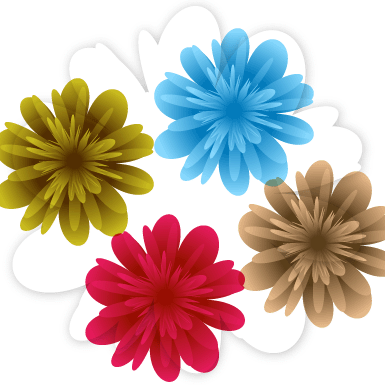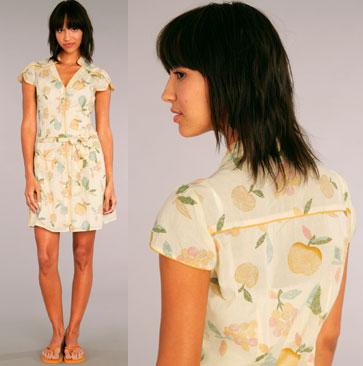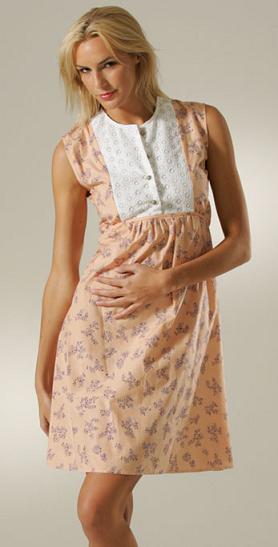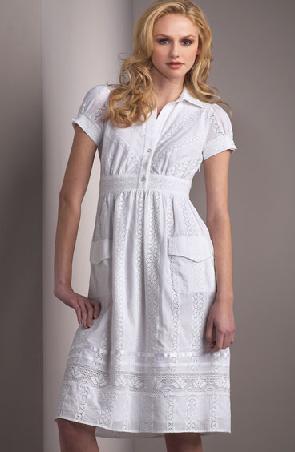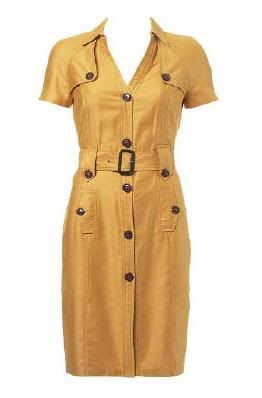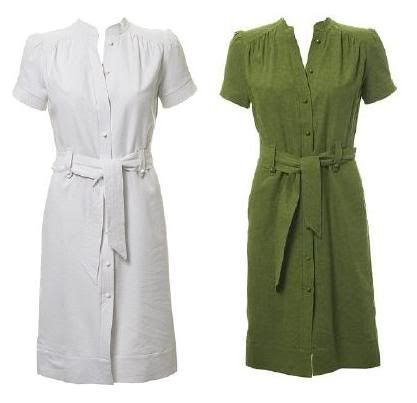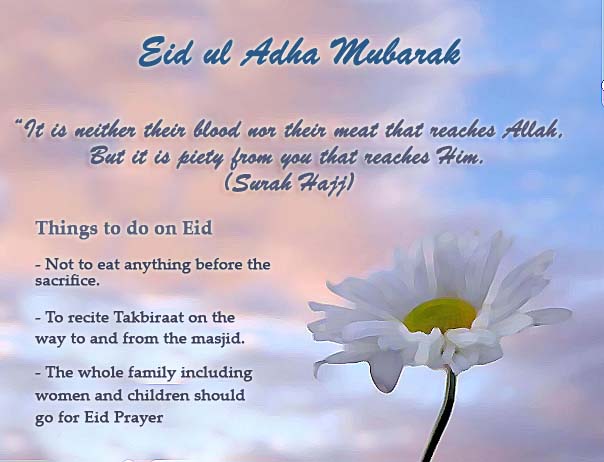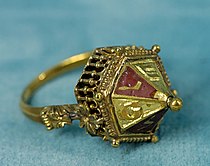Sometimes the Web is most satisfying when it confirms a cliché from the world offline.
For adventures in digital culture, don't miss The Medium, a blog by Virginia Heffernan.
I’m thinking of the captivating street-style photoblogs, which display snapshots of chic pedestrians in cities around the world. Such blogs exist for Tel Aviv, Stockholm, Moscow, Sydney, Seoul, Berlin, Dublin, London — you name it. Survey them one morning over coffee, and you’ll feel like a boulevardier of the whole world, breezing past one stunning creature after another, free to cruelly assess or dumbly gaze — at supreme leisure and invulnerable to reciprocal scrutiny.
What can be learned from a global anthology of fantastic-looking people? First off, you might find that looking at people on city streets is almost a perfect allegory of Web-browsing. Tellingly, the major Chinese search engine, Baidu, takes its name from an ancient poem about the search for (what the portal’s FAQ calls) “a retreating beauty amid chaotic glamour.” Anyone encountering the bedlam of the Web seeks a resting place, even — at times — a literal or figurative embrace. The suspense of that exploration is mirrored in the story you find on the street-style blogs: the search for a quiet connection with beauty in a metropolis of strangers.



























